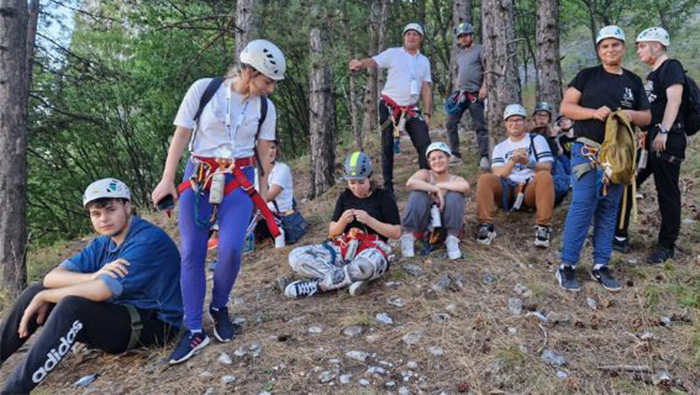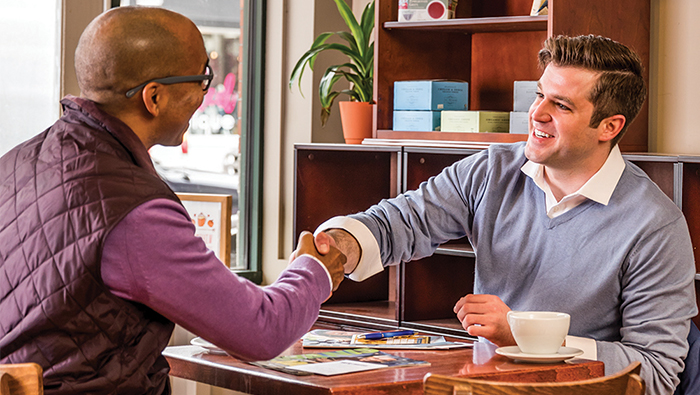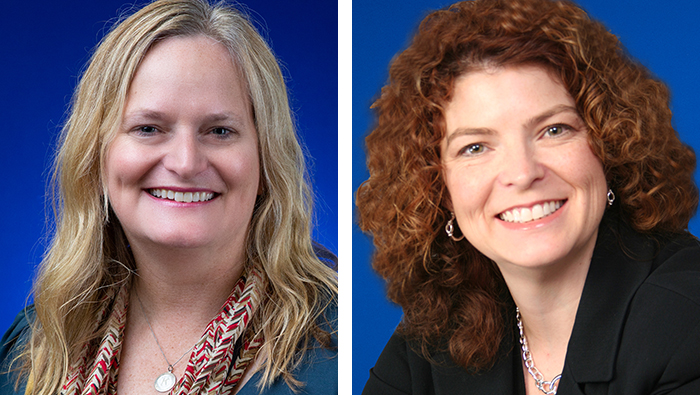
Microgrants enhance kids’ health
The Kiwanis Children’s Fund helps seven clubs address kids’ nutrition, physical fitness and comfort.
By Erin Chandler
In the months of May, June and July, the Kiwanis Children’s Fund continued to amplify Kiwanians’ ability to change lives in their communities by distributing microgrants to Kiwanis clubs with 35 or fewer members. Kiwanis Children’s Fund grants improve the lives of children around the world by identifying the projects that create a continuum of impact in a child’s life — an impact that spans their entire childhood and sets them up for a bright future. By funding projects that target the Kiwanis causes of education and literacy, health and nutrition, and youth leadership development, whether through a Kiwanis club’s local service project or through a club’s partner, the Children’s Fund ensures that its grantmaking has the greatest possible impact.
Recent microgrants have gone to Kiwanis clubs around the world collecting school supplies, spreading literacy through physical and virtual libraries, and updating learning spaces for children. The following seven clubs received funding for projects focused on enhancing the health and nutrition of kids in need.
More nutritious food
At Twin Rivers Elementary School in McKeesport, Pennsylvania, U.S., 100% of the students qualify for the free lunch program. For the past two years, the Kiwanis Club of McKeesport White Oak has stepped in to make sure those students with the greatest need do not go hungry over the weekends with their Weekend Food Bag program. Kiwanis club members donate and pack food each week for the students to take home on Fridays throughout the school year. Last year, they gave a total of 1,080 bags of food to 30 students. A Kiwanis Children’s Fund microgrant will help the club offer greater quantities of more nutritious food as they extend the program into the 2023-24 school year.
Summer meals
The Kiwanis Club of Meramec Valley Community, Missouri, U.S., is teaming up with the Valley Park School District and several other local service organizations to make sure students up to age 18 have enough food during the summer months, when school is not in session. Volunteers use school kitchen and lunchroom facilities to store and pack food into lunch bags, which they distribute three times a week at three community sites. The club estimates that 50-75 children will benefit from the program, thanks to the food they purchase with the help of a Kiwanis Children’s Fund microgrant.
Bigger fridge, less hunger
For the past year, the Kiwanis Club of Bachten de Kupe, La Joconde, West Flanders, Belgium, has addressed both food waste and hunger in its community by turning surplus food from farms and businesses into food packages for around 1,000 children in need. Currently, one in eight children in Belgium struggle with food insecurity, and the number is growing beyond the club’s ability to keep up with the demand. A microgrant from the Kiwanis Children’s Fund will allow the club to purchase a larger refrigerator and double the number of children the project serves.
Fresh veggies for school lunches
The Kiwanis Club of Leisure World, Silver Spring, Maryland, U.S., has a longstanding relationship with Harmony Hills Elementary School, donating clothes and books to students there. Now members are stepping in to boost the students’ nutrition as well. With help from a Kiwanis Children’s Fund microgrant, the club will donate vegetables from its community garden plot to children who are eligible for free or reduced-price lunches. Eight club members will weed, water and manage the garden.
Outdoor adventures
With help from a Kiwanis Children’s Fund microgrant, members of the Kiwanis Club of Corabia, Romania, will organize and run AdventureCAMP, a five-day mountain camp for children. Kids involved in the camp will spend time in the great outdoors, participating in two workshops per day on topics including personal development, first aid, road safety, reading a compass, building a campfire, hiking, climbing, ziplining and photography. Club members hope that more kids will reach their potential physically, mentally and socially thanks to their time at the camp.
Play in a time of transition
When members of the Kiwanis Club of Blairsville, Georgia, U.S., learned that a transition foster care home was being built in their community, they immediately looked for a way to help make it a safe, comfortable place for children waiting for a placement. With help from a Kiwanis Children’s Fund microgrant, the club will purchase a playset for Isaiah House #117. Club members will assemble the equipment with the help of their Key Club and local Eagle Scouts. They hope the playset will be a safe and fun haven for hundreds of kids over the years.
Comfort is a warm blanket
This year, the Kiwanis Club of Mitchell, South Dakota, U.S., has donated 25 fleece tie blankets to first responders, who give them to children in crisis situations. The club’s annual baseball tournament fundraiser was rained out, preventing members from buying supplies for more. A microgrant from the Kiwanis Children’s Fund will help them purchase supplies to meet their goal of making at least 50 blankets per year going forward. Kiwanians schedule days with family and friends to make the blankets. They hope the blankets will help children “know that their community cares about them and will help in their time of need.”
How you can help
If you want to amplify your impact to reach children around the world through the Kiwanis causes of health and nutrition, education and literacy, and youth leadership development, you can make a gift to the Children’s Fund or learn how your club can apply for a grant to help kids in your community.
You can learn more about Kiwanis Children’s Fund microgrants on kiwanis.org.


